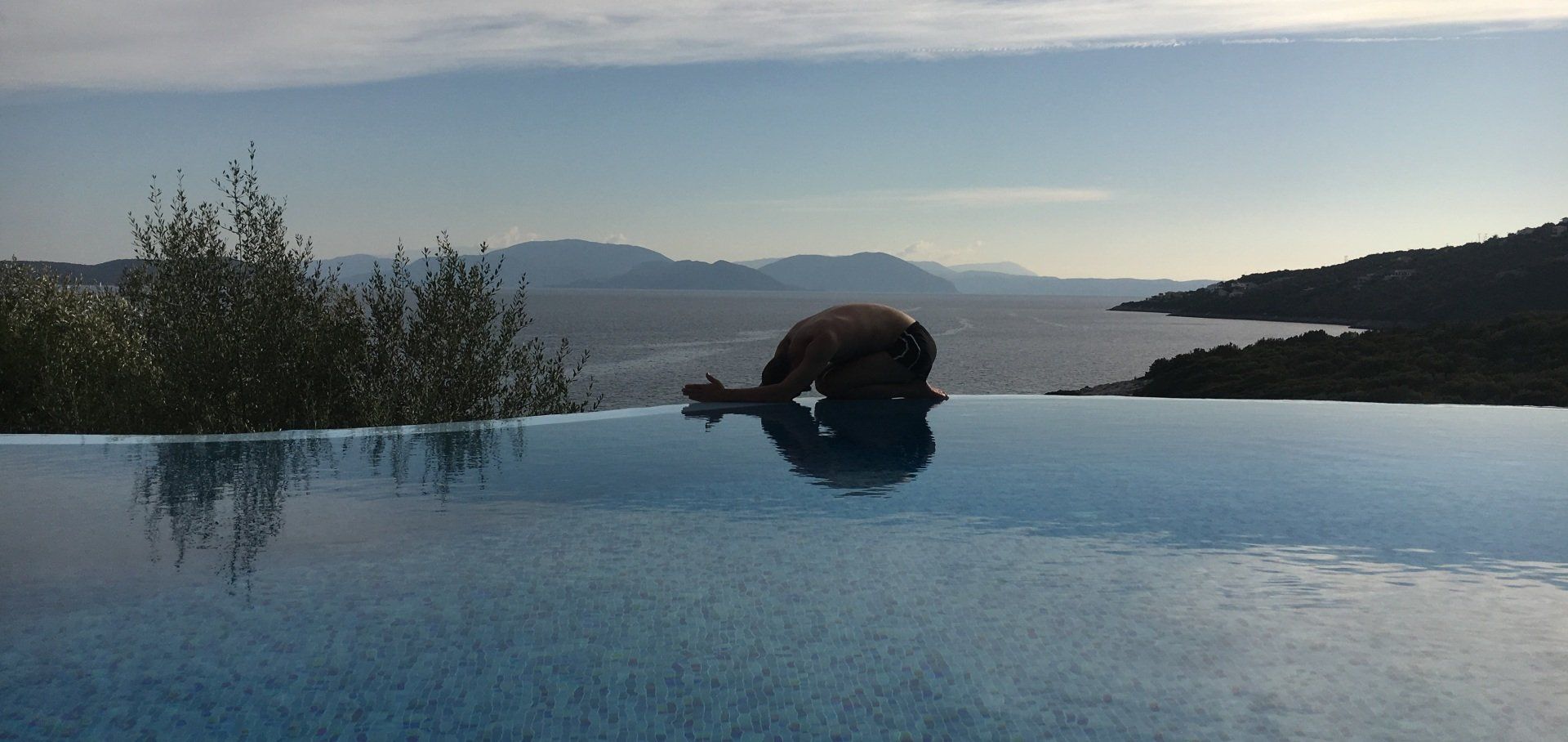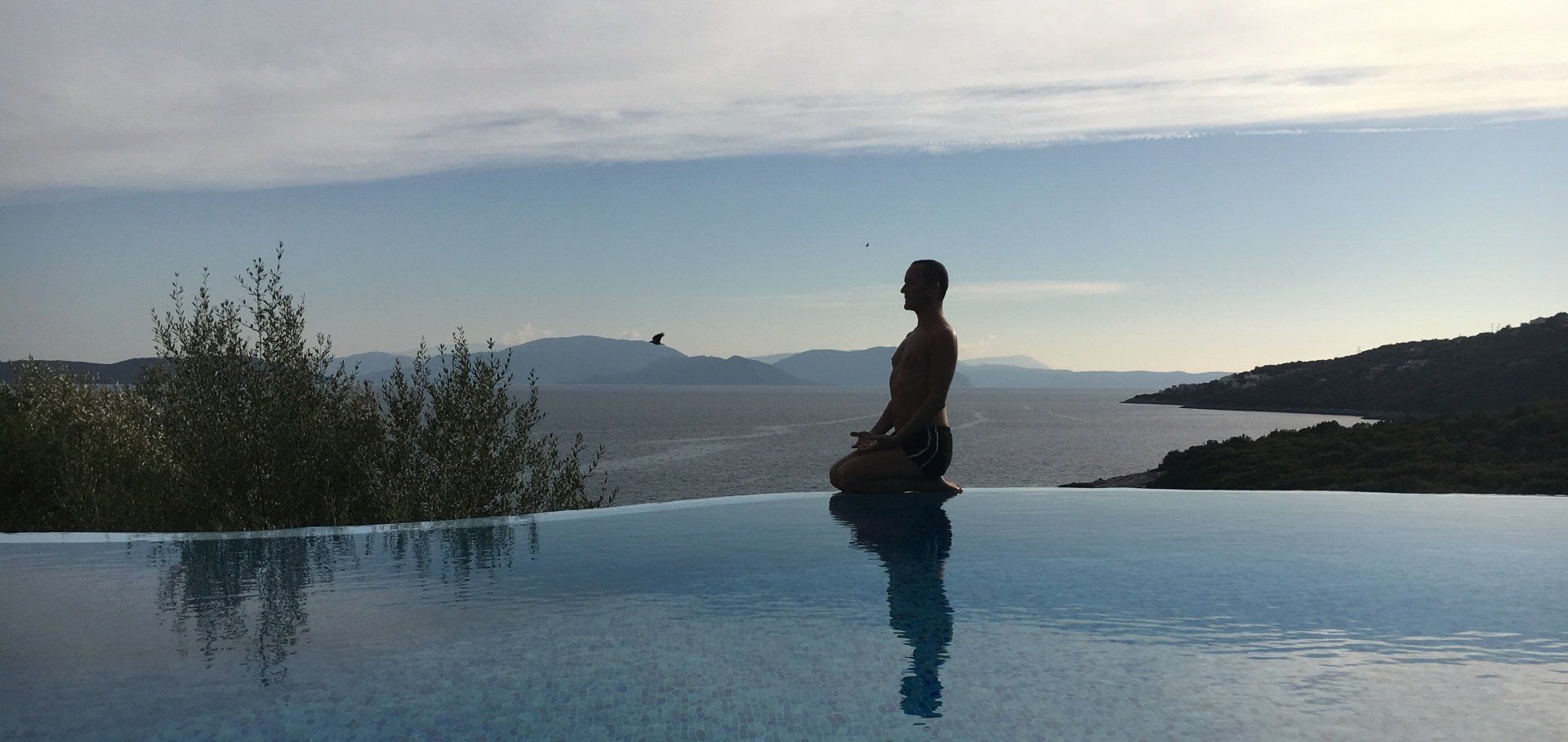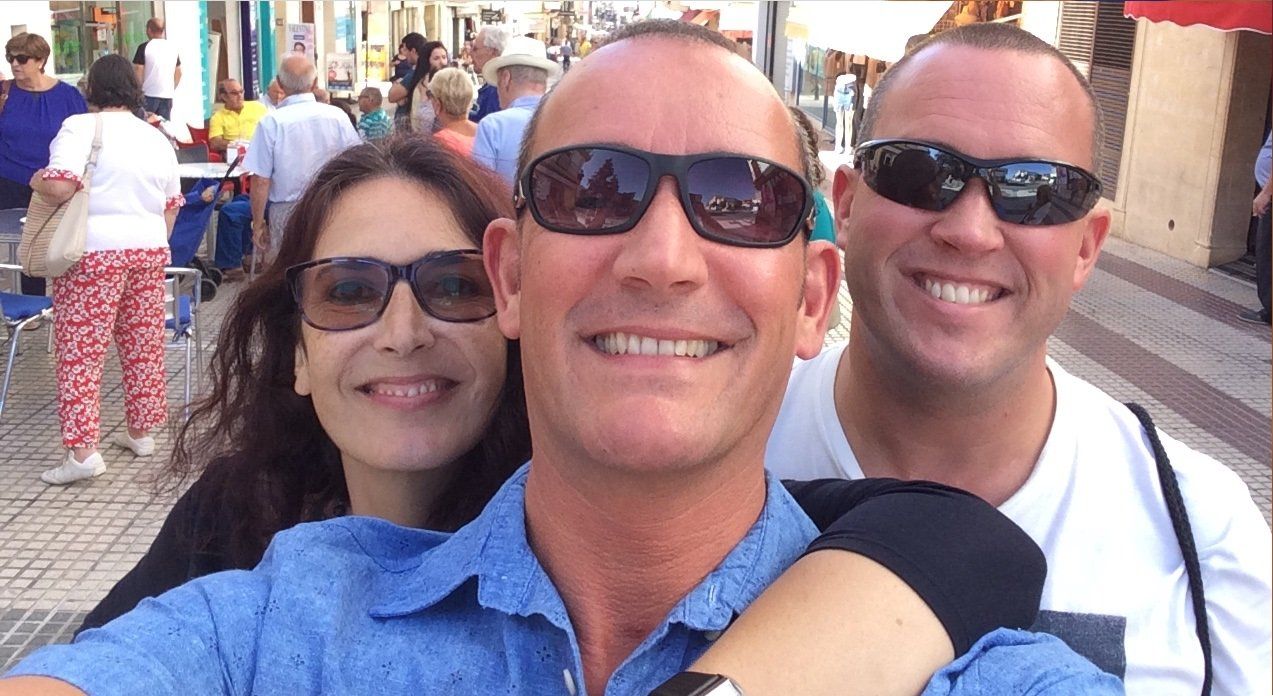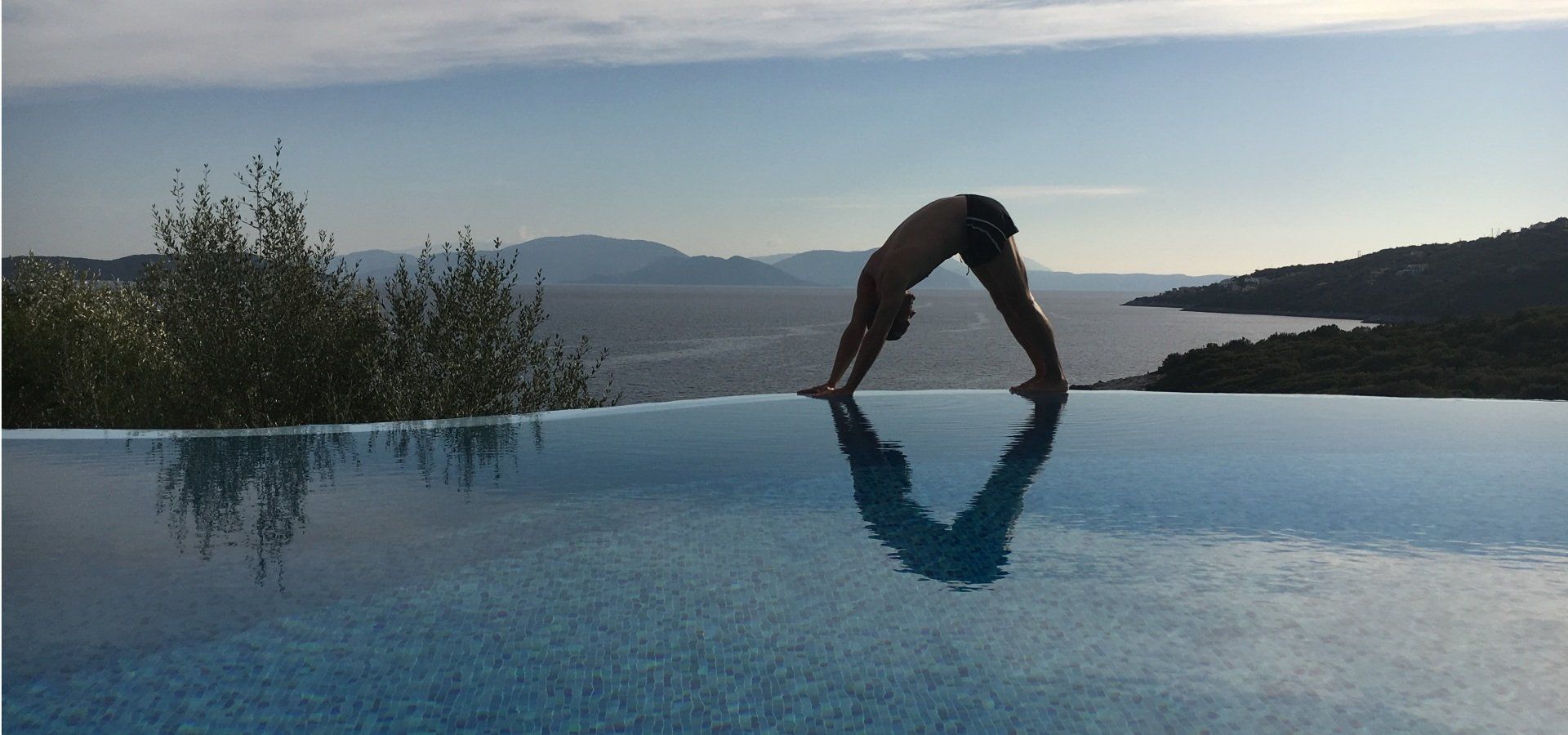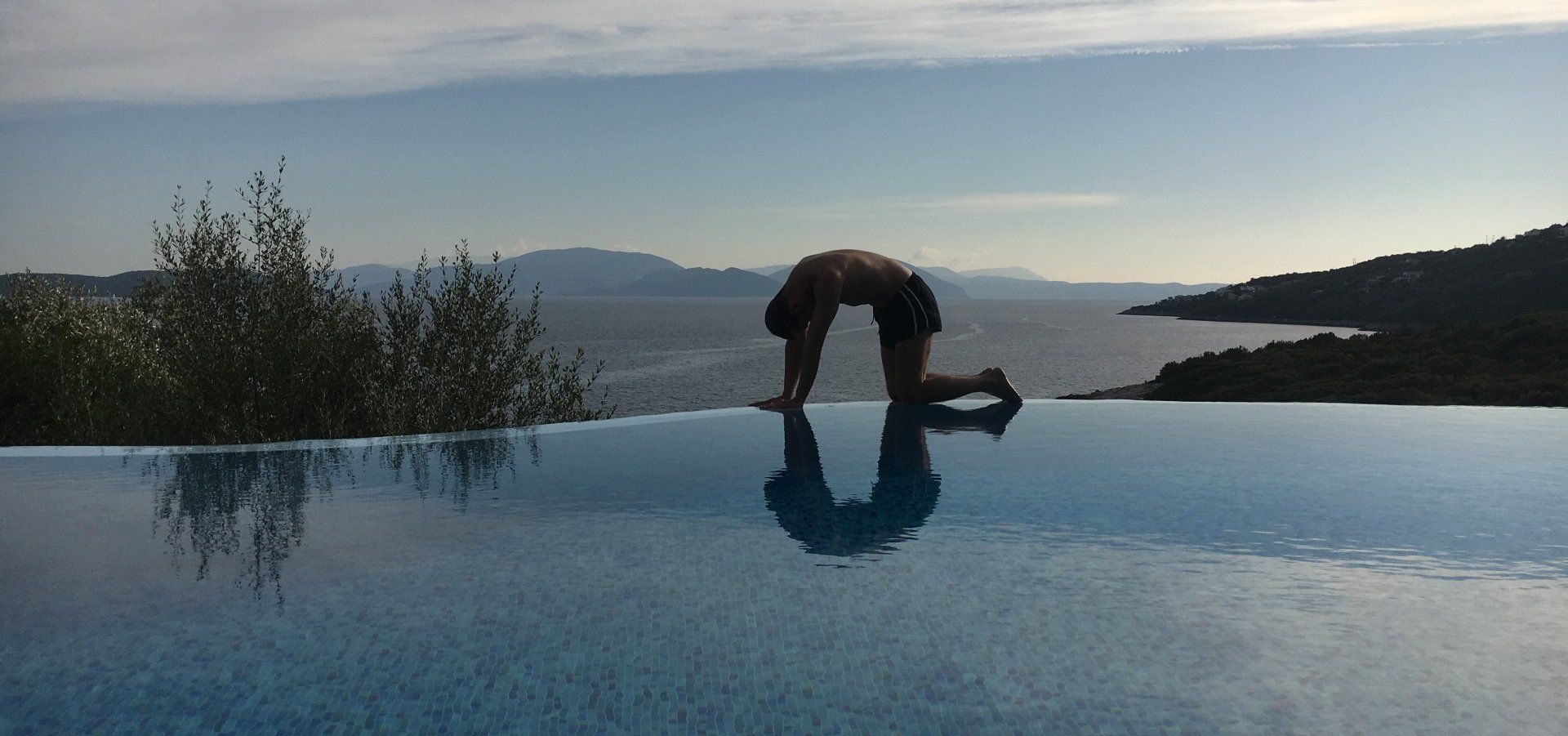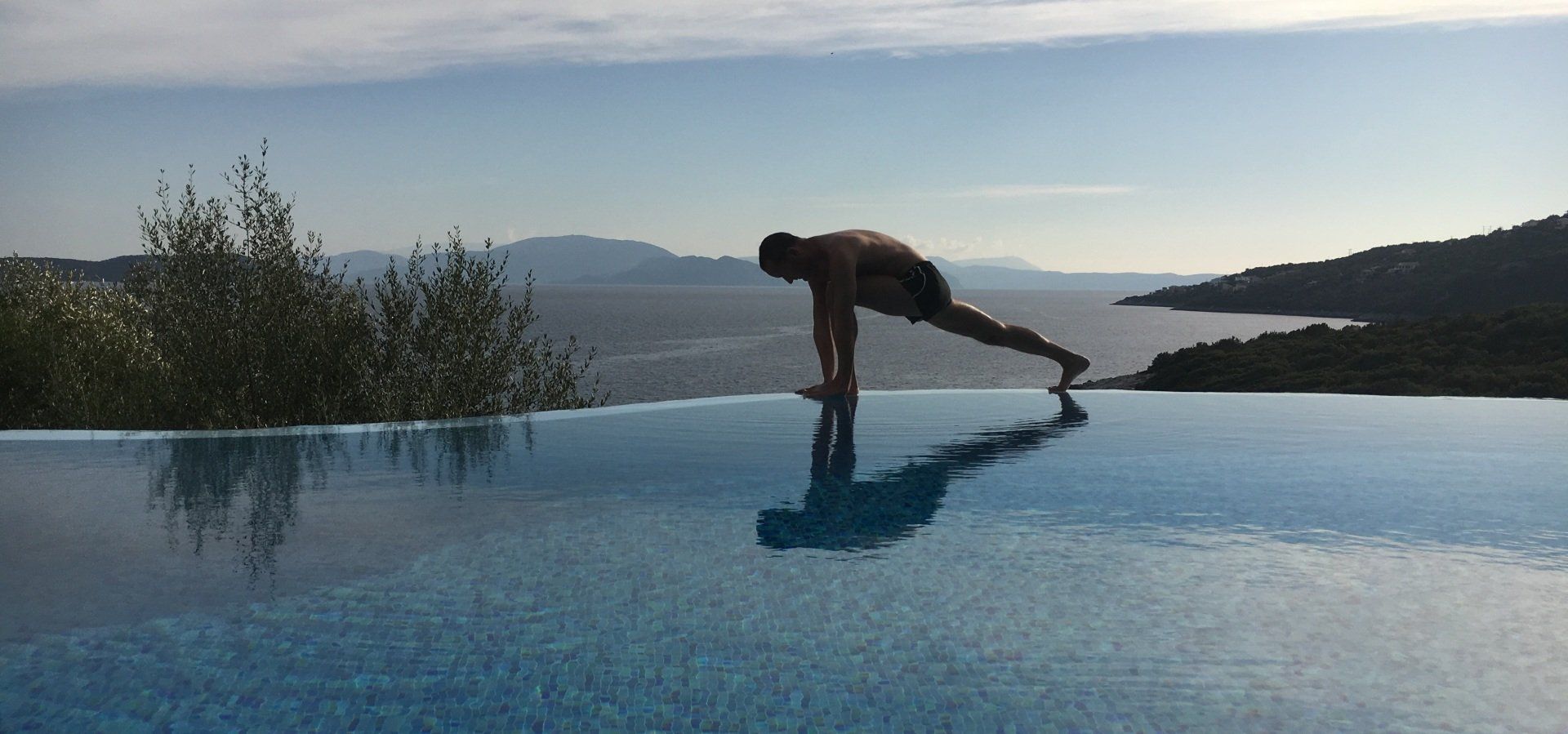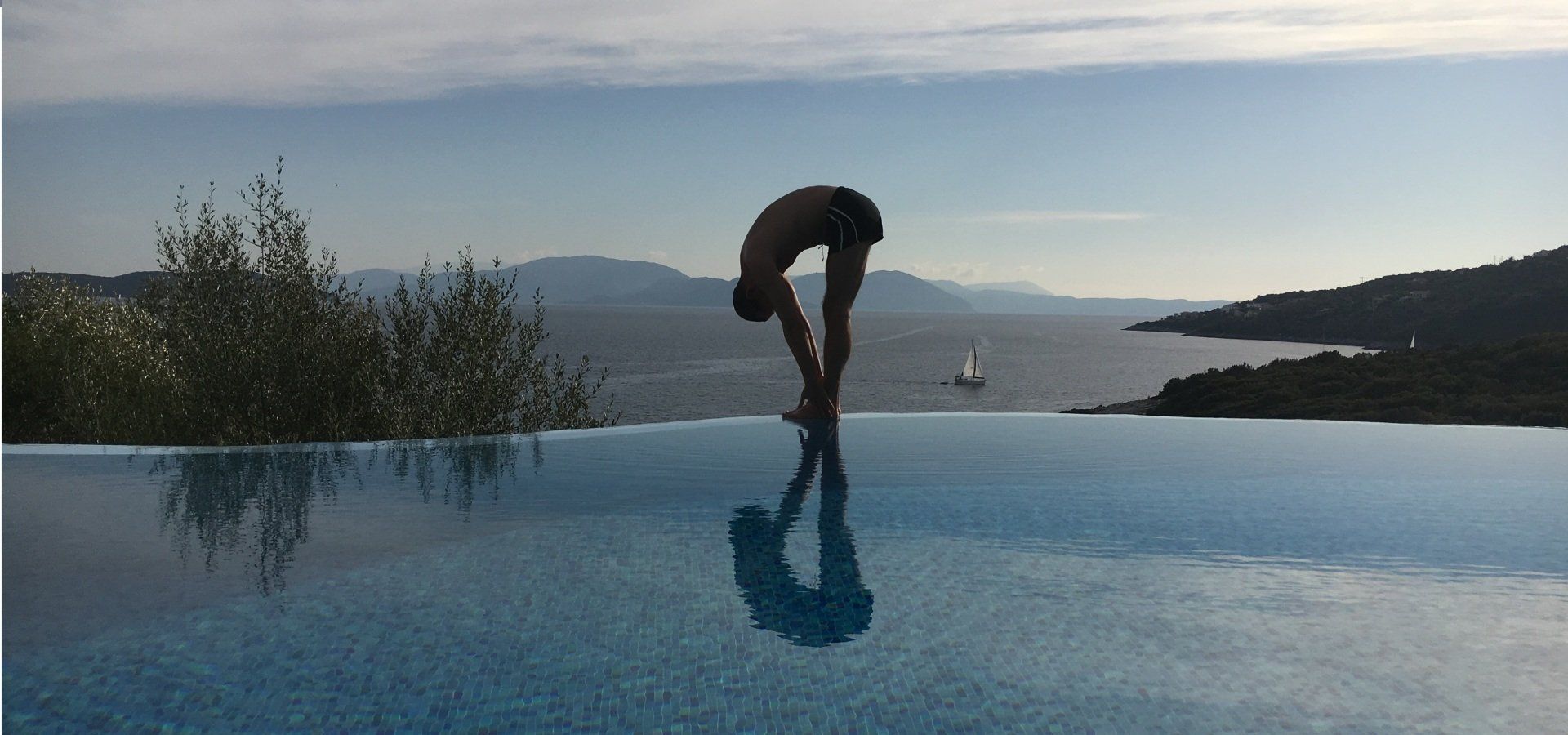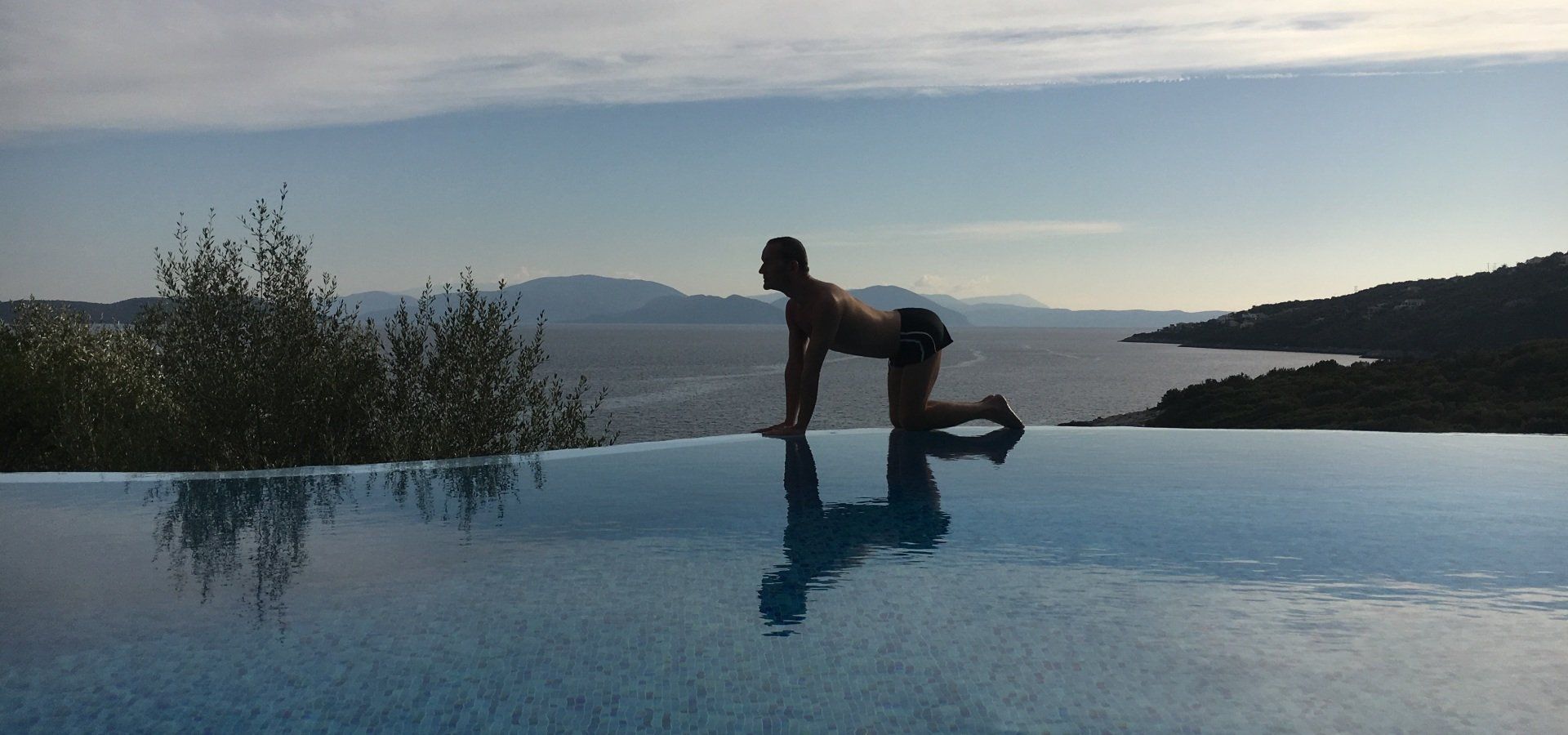
YOGA : pre-course information & guidance
Please find below the information you might need to ensure that you can get the most out of your yoga classes, but feel free to get in touch if you have any questions or need further information. To download this information in PDF format click here.
What is the style or level of the yoga class?
Whether you’re new to yoga or simply new to this class, everyone is welcomed warmly. This class is aimed at beginners (i.e. those with limited or no previous experience of yoga) and will provide you with some simple tools that mean you can get the most out of the practices (whether in class or at home between lessons). The postures we practice here won’t demand you contort yourselves into advanced positions but will guide you carefully to understand your movement through dynamic and static sequences. This Hatha practice is designed to stretch and contract your muscles, improve your balance and give you time to relax, to enhance your breathing, to understand your body and mind within the practice and to connect with your Self whilst providing a gentle work-out. The style of this class is most definitely physical but allows everyone to work at the pace that best suits them, firmly rooted in the teacher’s belief that yoga can provide us with a path to a calmer mind, a healthier body and a deeper spiritual understanding.
What are the benefits of the yoga class?
Some people practise yoga to build core strength, to tone muscles and as an effective form of physical exercise. For others, yoga is a gentler way to focus on physical balance, flexibility, to relax and stretch muscles, to develop more effective breathing and to realign the body when daily life seems to leave us feeling stiff. By its very definition, ‘yoga’ (union/connection) is seen by many as a way of listening to our true selves or a higher influence, creating space to still the mind and develop focus. Depending on the style of yoga (and the time of the class) it can energise us for the day ahead, provide a ‘pause’ to re-energise in the middle of the day, allow us to engage physically after work when we want to work out the strains of the day, or relax us in preparation for a good night’s sleep. In most cases, a yoga class will provide many of the above benefits and as you develop your practice, you’ll be increasingly able to adapt this to suit your needs.
How do I enrol / register and pay?
Simply get in touch (via e-mail or telephone) to let us know if you intend to come along and you’ll be sent a simple Student (Health) Questionnaire to complete and return, which ensures we can support you appropriately during the lessons. If you’ve dropped in to a lesson without booking in advance, the tutor will provide you with the relevant information at the end, and you can return these before the next session. Each class costs £7 which you can pay at the end of each session, although if you prefer to pay via bank transfer just ask the teacher for details. It is also possible to pay for 10 classes in advance at a discounted rate of £50 in total (£5 each). The first session is free of charge and gives you an opportunity to try the style and level and to decide whether or not you feel it is suited to your needs.
Can I eat and drink beforehand?
You’ll need to be hydrated and fed as the practice will require a little energy but try to avoid eating anything substantial an hour or so prior to the class to avoid indigestion or discomfort.
Avoid alcohol or other toxins as you’ll need to be able to focus during the lesson and to avoid pumping these around your body through any physical practice that increases your circulation.
What should I bring?
The venue provides standard yoga mats and some other props for you to use (cushions, blankets, foam blocks or bricks, straps). However, you are welcome to bring your own if you prefer, and if you decide to continue with your yoga practice longer-term we would recommend that you invest in a simple mat and any props that you find particularly useful as your practice develops. Otherwise just bring yourself, a bottle of water and a willingness to share in a journey of yoga discovery!
What should I wear?
Don’t invest in expensive or trendy yoga clothing unless you’re particularly keen to do so. Just wear something that is comfortable and practical, such as shorts, leggings or tracksuit bottoms and a t-shirt or vest. Bring a hoodie or jumper so that you can wrap up warm when you leave (as you might not feel the cold immediately, but you will have expended some energy). The postures will involve being seated, laying down (on front and back) and moving legs/arms apart, so avoid anything that might cause an obstruction (such as large belt-buckles, buttons, bulky zippers). Whilst you want to feel free to move (for which loose or light clothing can be ideal) you also want to feel comfortable and unexposed, so avoid short and gaping items that might reveal more than you expected. Usually we work bare-foot, but socks are handy for when we relax and need to retain warmth. The class is, however, free from judgement and there are no expectations, so you decide what works for you.
Who is the teacher?
Dan is a trainee yoga instructor (Level 4 Diploma in Yoga, British Wheel of Yoga) and is fully registered and insured. Since 2009 Dan has been a practicing masseur (Swedish Body Massage and Indian Head Massage) alongside being an experienced and award-winning classroom teacher and educational trainer. His passion for yoga, meditation, dance, spirituality and ayurvedic therapies was ignited during a visit to a Greek holistic retreat in 2008, and subsequently to an ashram in India in 2010. Alongside teacher training, yoga teaching, massage and all things ‘enriching’, Dan is a proud father of twin 3-year olds, resident of the beautiful city of Brighton and a passionate advocate of self-exploration.
For more information about the instructor, qualifications, approach and experience, see ABOUT US
and YOGA CLASSES.
